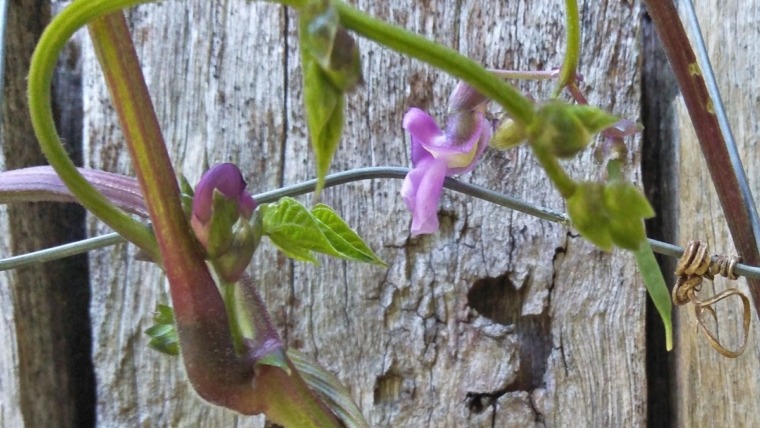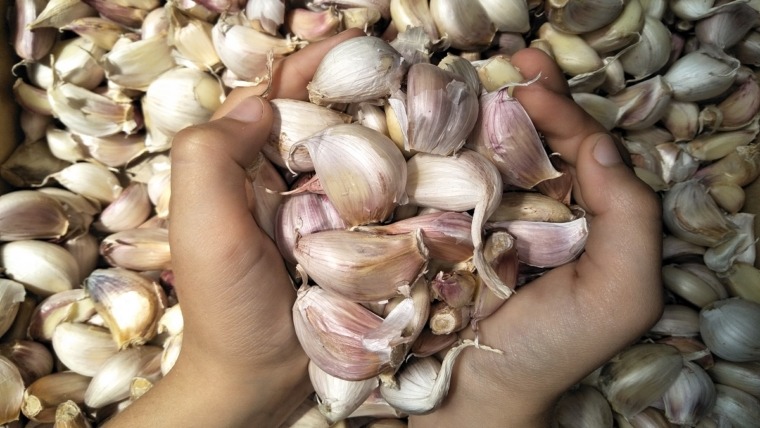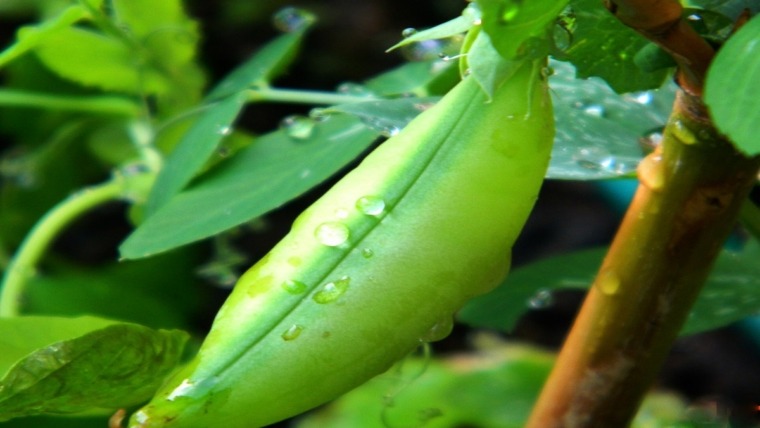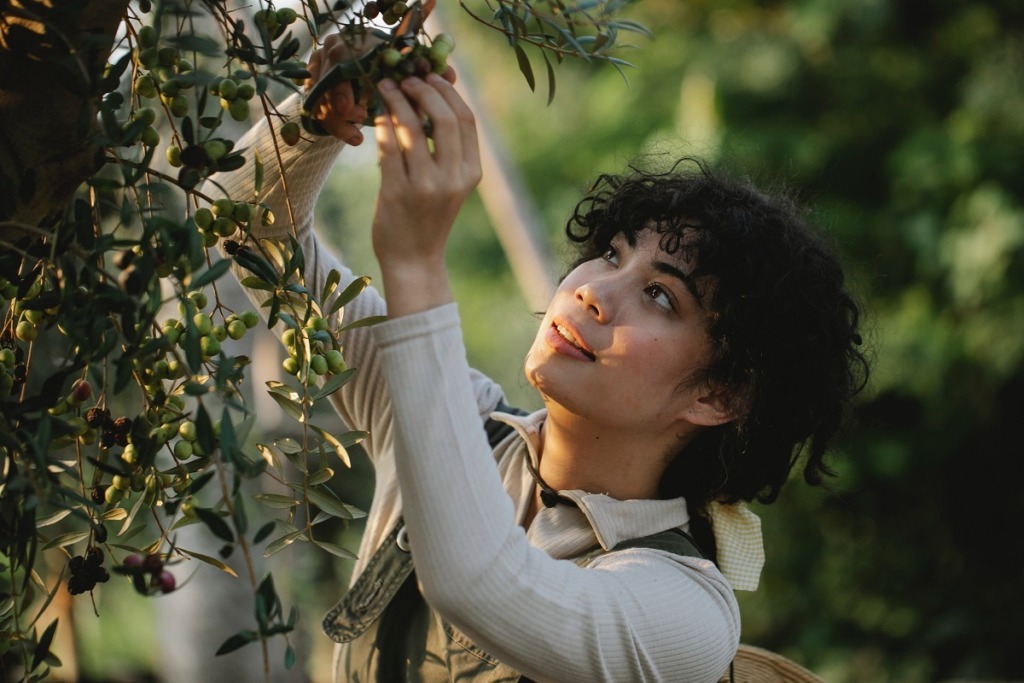
Growing Our Own Food
Written by Liz O’Dwyer
From One Humble Capsicum Plant …
Aside from needing to eat to fuel our bodies, eating is right up there as one of my all-time fave things to do. Our world is alive with a plethora of cuisines available to us, that one can never tire of eating.
The sense of accomplishment of growing my own food though is ever-present. I’ve been growing my own food for around 25 years now. I still get so much joy from selecting food from the garden and heading into the kitchen to cook.
My passion for growing my own food started when I grew one single capsicum plant. I loved my ornamental garden. But aside from looking at it, and smelling the perfumed flowers, that was the bulk of pleasure I derived from it. So, I decided to try my hand at growing some food; something that would provide me with a more substantial return. So, I planted one capsicum plant, amongst my ornamentals. I was very impressed when I saw the beginnings of the capsicum plant forming. I watched and checked it every day until I was able to harvest my first capsicum for consumption. I was hooked. My lifelong love affair for growing my own food began.
The immense satisfaction of eating my very first homegrown capsicum was unbeatable. It’s like being let into a secret squirrel club. Only the people that grow edibles year after year know what it’s like to enjoy the fruits of their labour. Topics of soil health, weather, and seed saving dominate many conversations amongst other growers.
There are also so many different varieties of food groups that we simply don’t see any more at retail outlets because they don’t travel or store well. So, as consumers, we are missing out on so many varieties of different foods. For example, there are in excess of 400 varieties of apples. Incredible, right? But we only see around 6 or 7 varieties in the stores, if that. This can be disappointing. However, we can do our part in retaining the diversity of food groups by growing some of our own heritage varieties. I grow a variety of peach, called Anzac peach. I don’t know any outlet that sells this variety as it won’t travel well. But it has to be one of the tastiest peaches I’ve eaten. So delicious! So, if you are thinking of including fruit trees in with your annual vegetable growing, do consider some heritage varieties, they are well worth it.
Oh, So Many Benefits
There have been studies conducted over the years on whether growing your own food is more economical (and better quality) than purchasing your weekly requirements at your local outlet. Unless you’re purchasing organic fruit & vegetables, I say hands down it’s better to grow your own. Here are just some reasons to get your veggie patch started:
- The fragility of the food chain has been evident over the last few months. Having some home-grown food ensures there will always be something to eat
- We enjoy the benefits of eating food that has been grown with no chemicals. This is better for us, as well as the environment
- Whatever you are growing is right there at your back door. There’s no moving out of your home to purchase food
- There are no food miles involved in transporting the grown food from the farm to the shopping outlets and then to your home so it’s better for our environment as well as your time
- You get to swap produce with your neighbour who is growing something different
- You can preserve what you’ve grown (homemade kimchi, anyone?)
- For leafy vegetables such as lettuces and silverbeet, you only pick the leaves you need, so there is no food waste
- There are studies confirming the mental health benefits that come from gardening
- Growing your own is easy on the hip pocket. The price of a packet of seeds can be equivalent to or less than the price of one vegetable. At the end of the growing season simply save the seed. You now have seeds to sow for the following season
- The flavour of home-grown produce is amazing! That in itself is enough incentive to start your own veggie patch. What is a meal if we can’t fully taste the ingredients?
If you have young ones, what better way to show them where their food comes from and how it’s grown. Growing things like snow peas are also a great snack they can have ready access to when they are playing out in the garden. Incidentally, growing vegetables such as snow peas are a fabulous way to save money on the more expensive items.
You don’t have to grow all your weekly veg requirements. If space is limited, grow a herb. Or, if you have space in amongst your ornamental garden, you can grow vegetables such as rainbow chard, kohlrabi, carrots, and eggplant. They look decorative, add colour and will be right at home with your ornamental plants. And of course, garlic is great grown with your roses, as they deter aphids. (Companion planting is a thing – this will reduce your time tending the garden and keep the plants happy. Many books have been written on the topic).
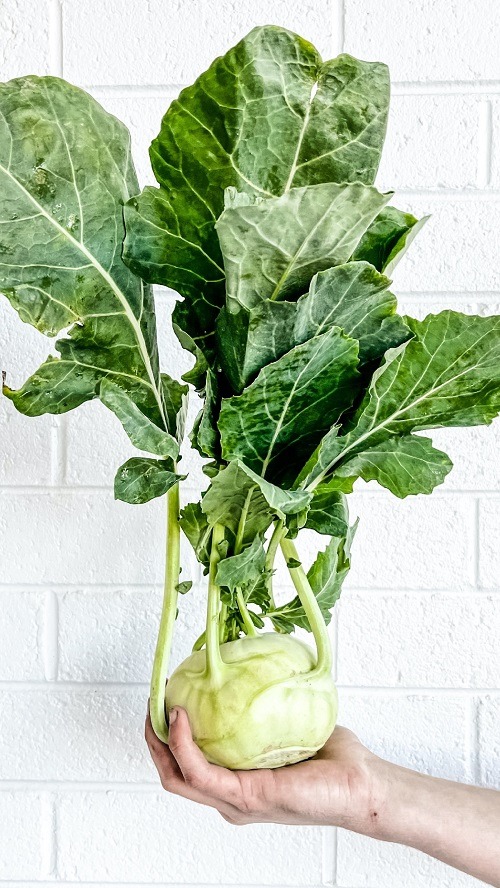
If you’re lacking in gardening knowledge, skill or confidence, reach out to a friend who grows their own food, joins a community group, or follows a guru. Do whatever you need to in order to get started on your food growing journey.
My Lifelong Pleasure
Growing your own food is a lifelong, learning pleasure. Start small and grow from there. As with most things, there will be pitfalls, as well as successes. That’s gardening! But the highs far outweigh the lows. Being part of a community group will help your learning journey. People in your local area will be able to guide you in what grows best in the area, and when.
When purchasing seeds, select only organic and heirloom seeds. These are true to type seeds, that have been saved over generations. Not only will you have a much wider range of varieties from which to choose, but when you share your seeds amongst your friends and community you will be sharing true to type seeds out into the world.
Happy growing!

